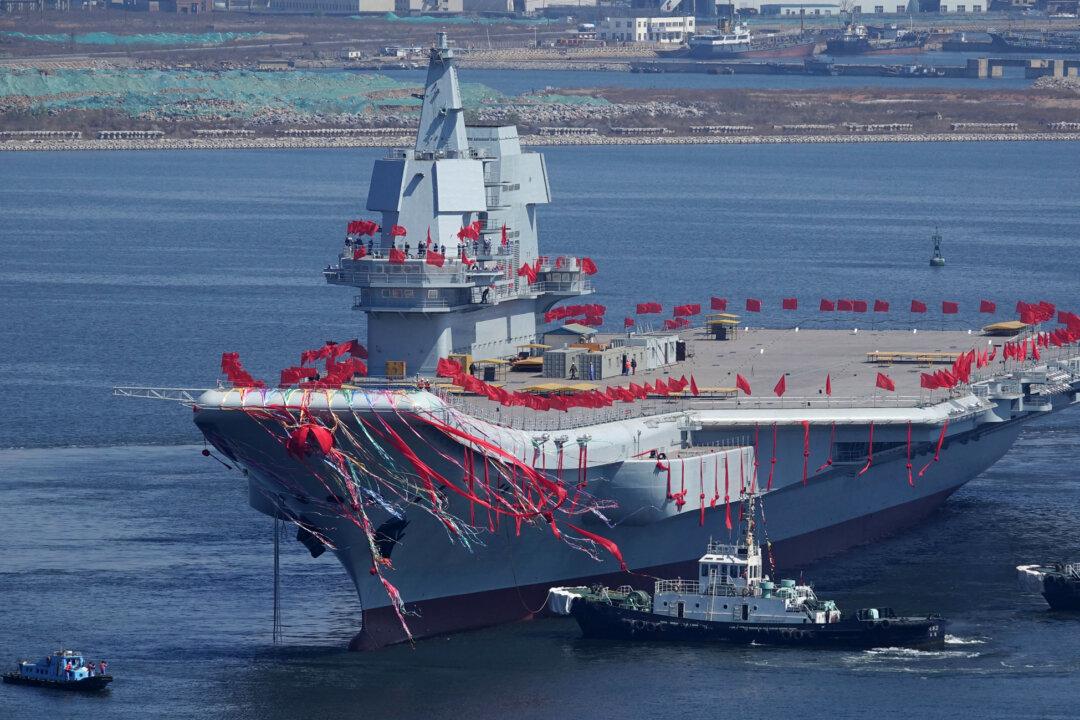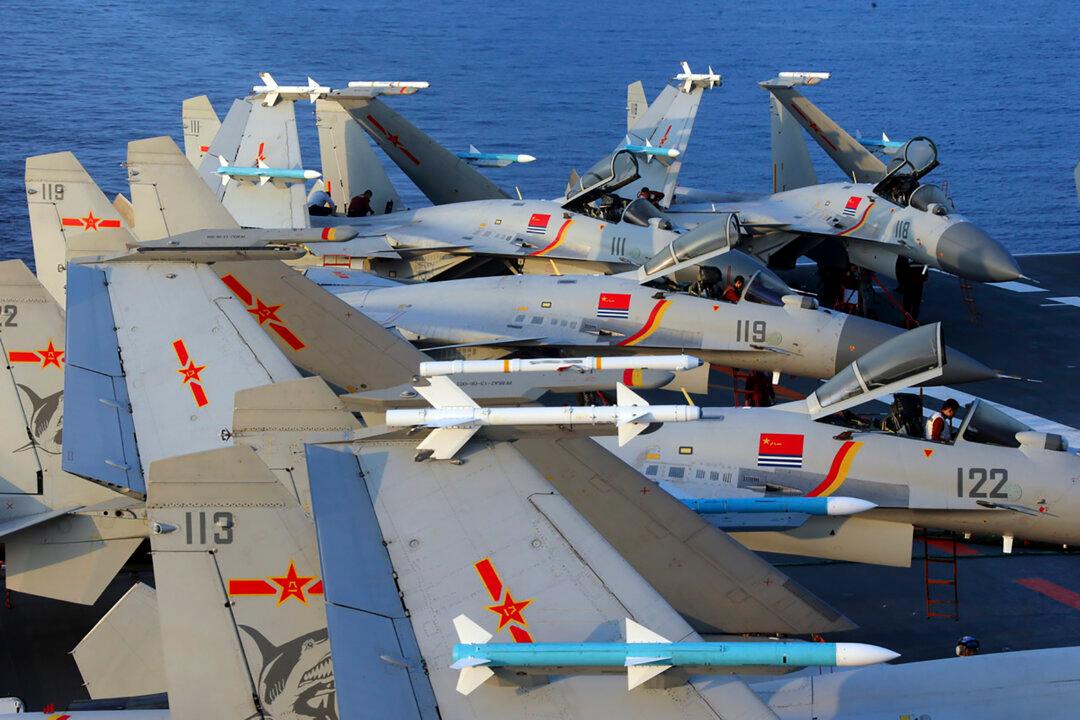The Chinese regime has achieved a critical breakthrough in its aircraft carrier program by incorporating key technology from a British company it discretely acquired a decade ago. The acquisition was not hindered by British regulators at the time, although the key semiconductor device in question has been specifically listed as subject to export control by European Union regulations.
At stake is China’s ability to compete directly with U.S. carrier power by being able to launch heavier and more powerful aircraft. China and the United States have engaged in a relentless race to develop the next generation electromagnetic aircraft launch system (EMALS) for over a decade, and up until recently, it was thought that the United States led the race with the upcoming Ford-class aircraft carrier, which has been specifically designed to use electromagnetic-powered catapults.




